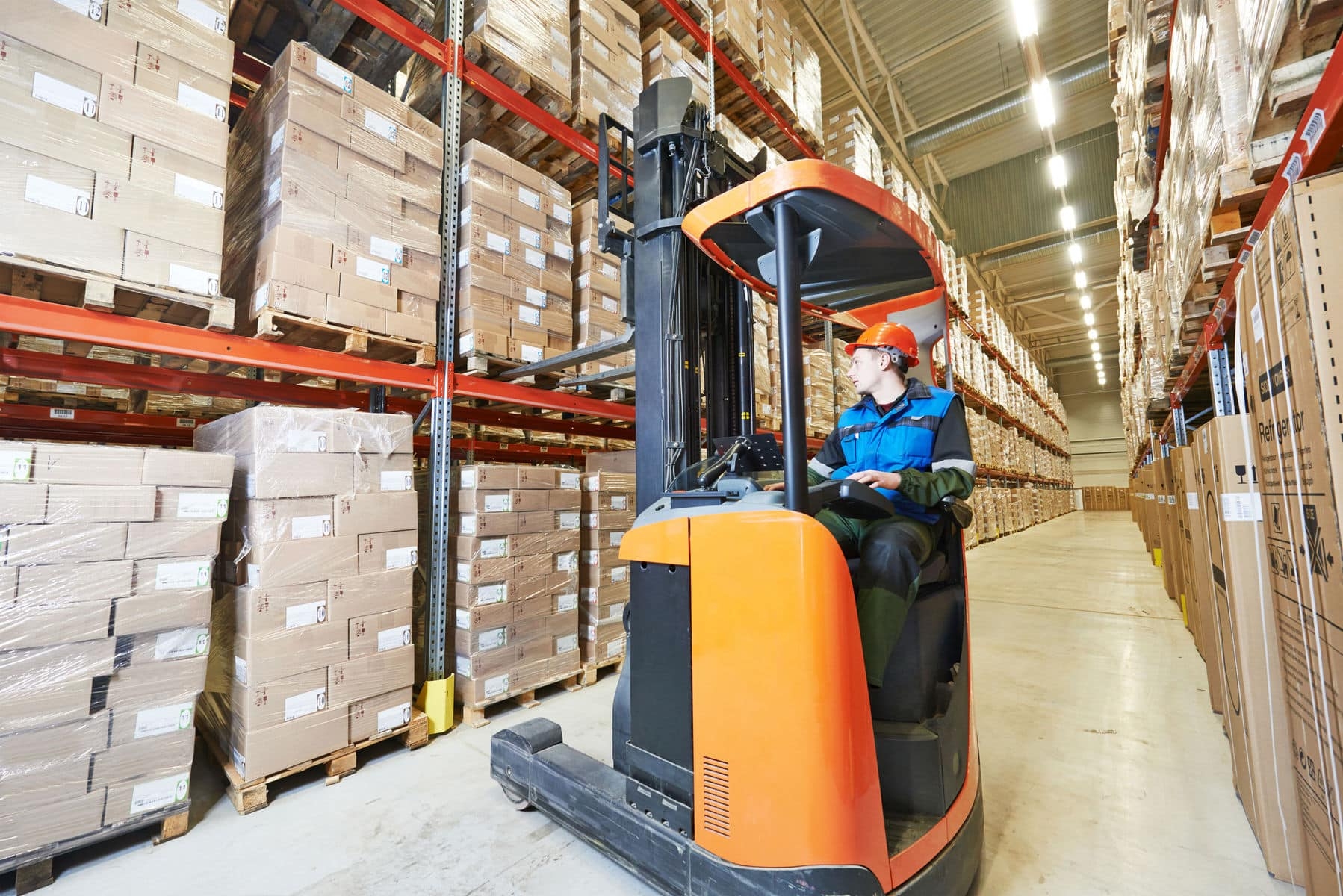It has been widely reported that the use and dependency of prescription and over-the-counter drugs is on the increase. Around 65 per cent of patients at UKAT centres have problems with legal substances, from alcohol to common painkillers such as Codeine. The company, which runs six addiction treatment centres across the country, said admissions for prescription and over-the-counter drugs had risen by 22 per cent in the last two years (2016 / 2017). (Source: UK Addiction Treatment Centres (UKAT).
Legal drugs are Prescription Only Medicines (POM’s) or over-the-counter medicines. POM’s and over-the-counter drugs are not prohibited when taken in standard dosage and/ or according to a doctor’s prescription. Any employee taking prescribed or over-the-counter medications is responsible for consulting their prescribing doctor and/or pharmacist to ascertain whether the medication may interfere with safe performance of their job.
The use of a medication could compromise the safety of the employee, fellow employees or others and increase the risk of workplace accidents.
It is the employee’s responsibility to follow appropriate personnel procedures for example:
- Reporting in sick or using annual leave.
- Requesting a change of duty.
- Notifying supervisor or company doctor to avoid unsafe workplace practices.
The illegal or unauthorised use of prescription drugs is prohibited and it would breach an organisation’s drug-free workplace policy to intentionally misuse and/ or abuse prescription medications.
Appropriate disciplinary action would need to be taken if job performance deterioration and/ or other accidents occur.
The Effects of Drug Use Whilst at Work
Sometimes we forget that simple over-the-counter medications for colds, flu and allergies can have a big impact on our ability to operate machinery safely. These medications alone can make us drowsy and increase the chances of falling asleep whilst at work. Most of the time they are medications we do not take very often and they can really surprise our body systems by interacting with our diet and lifestyle.
As a result this can have a significant impact on a drug’s ability to work in the body. Arguably, operating machinery or other forms of work equipment would also be compromised potentially leading to workplace accidents.
Certain foods, beverages, alcohol, caffeine, and even cigarettes can interact with medicines. This may make them less effective or may cause dangerous side effects or other problems. Even if a medication seems mild, make sure you read the label of anything you take. If a label contains the phrase, “Do not use while operating heavy machinery,” you must question your ability to operate workplace machinery and equipment in a safe manner.
Quick Tips to Consider:
- Check with your doctor to determine what the side effects of a medication might be and what, if anything, you can do to counteract them, particularly as they apply to operating machinery. Make sure you discuss with your doctor the combination of all of the medication you are taking and which new ones to stay away from.
- Read all labels and instructions on prescriptions and over-the-counter drugs to determine their side effects and whether you should operate machinery whilst using them. Keep in mind that combinations of medicines can magnify their effects beyond the individual warnings. Ask your pharmacist to look for dangerous drug interactions.
- When you take medicine, be sure to follow your doctor’s instructions carefully to obtain the maximum benefit with the least risk. Changes in a medicine’s effect due to an interaction with food, alcohol or caffeine can be significant; however, there are individual factors that influence the potential for such variations, like dose, age, weight, sex and overall health.
- If you are going to try a new medicine, don’t try it for the first time right before you operate machinery or other workplace equipment. Try it in a safe location, like your home, and make sure it does not have any adverse effects that may impact your ability to operate machinery safely.
Reduce Workplace Accidents – Guidance for Employers
What can be done in the workplace to address substance use issues?
- Employers and employees can collaborate to design policies and procedures which outline what is an acceptable code of behaviour and what is not.
- Establish and promote awareness and advisory programmes.
- It is important for supervisors and managers to have a resource or procedure that they can rely on if the need arises.
- Managers and supervisors should be educated in how to recognise and deal with substance use issues and employees could be offered educational programmes.
Successfully managing Health and Safety in the workplace relies on commitment, consultation and co-operation. All employees need to understand the need for Health and Safety, what their role is in making the workplace safer to minimise workplace accidents and how they can fulfill their responsibilities and duties.
Here at Wirehouse, we help you achieve these goals. Contact us today to see how we can support your business.
CALL 033 33 215 005 | EMAIL info@wirehouse-es.com






